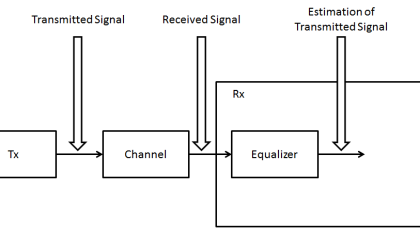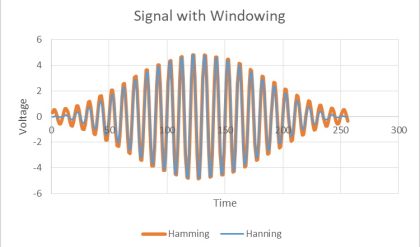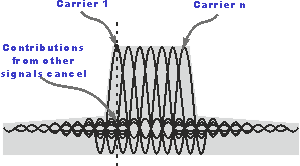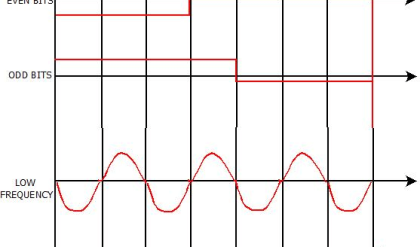The frequency-domain characteristics of the small scale fading which affects radio signals in the multipath propagation channels strongly depends on the ratio between the bandwidth of transmitted signals and a parameter called coherence bandwidth. The coherence bandwidth is the statistical measure of the frequency range over which the channel is considered to be flat, which means that signals with frequencies in the range of coherence bandwidth will most likely experience correlated amplitude fading [1, 6]. Therefore, a wideband signal which occupies frequency band greater than coherence bandwidth will experience frequency selective fading, so the knowledge of the coherence bandwidth of radio channels in the area covered by radio communication system service allows to decide whether the usage of equalizer unit in radio receiver will be advantageous or not.
The coherence bandwidth value is usually understood as frequency separation for which the amplitude (envelope) correlation factor drops to some threshold value, typically 0.5. Direct evaluation of the coherence bandwidth from the definition given in [6, 7] is usually impractical and often not possible, for example, when the measurement method does not allow to separate signal’s components in frequency domain. That is why in practice the coherence bandwidth is usually evaluated from a power delay profile (PDP) and even in some publications ([1, 8]) the description of the coherence bandwidth is limited only to the calculation of from PDP parameters in time or frequency domain. The power delay profile is a measure of power of signal received through a multipath channel as a function of time delay [1, 9]. It allows to estimate PDP by taking the time and/or spatial average of a squared impulse responses of tested radio channel [1, 6]:


It is commonly known that when some additional conditions are satisfied (propagation characteristics of the channel are random and wide sense stationary, propagation loss, and time delays of multipath components are uncorrelated) all of the time parameters mentioned above are in most cases inversely related to the value of coherence bandwidth . Unfortunately there is no global agreement on the exact form of such relations. In many publications a simple relation between and rms delay spread can be found [1, 8–10]:









